“Qua Patet Orbis” meaning “As Far As The World Extends”. The end of the Cold War has ushered in a period of widespread uncertainty, rapid change, and turmoil. The certainty, structure, and stability that the Cold War provided have disappeared. Instead, the threat has shifted from known enemies to a broader, heterogeneous set of potential competitors and adversaries and a variety of types of conflict, that present new tasks and unique challenges to the Dutch armed forces. The political map of the world is changing quickly, and the trend seems likely to continue for the foreseeable future.
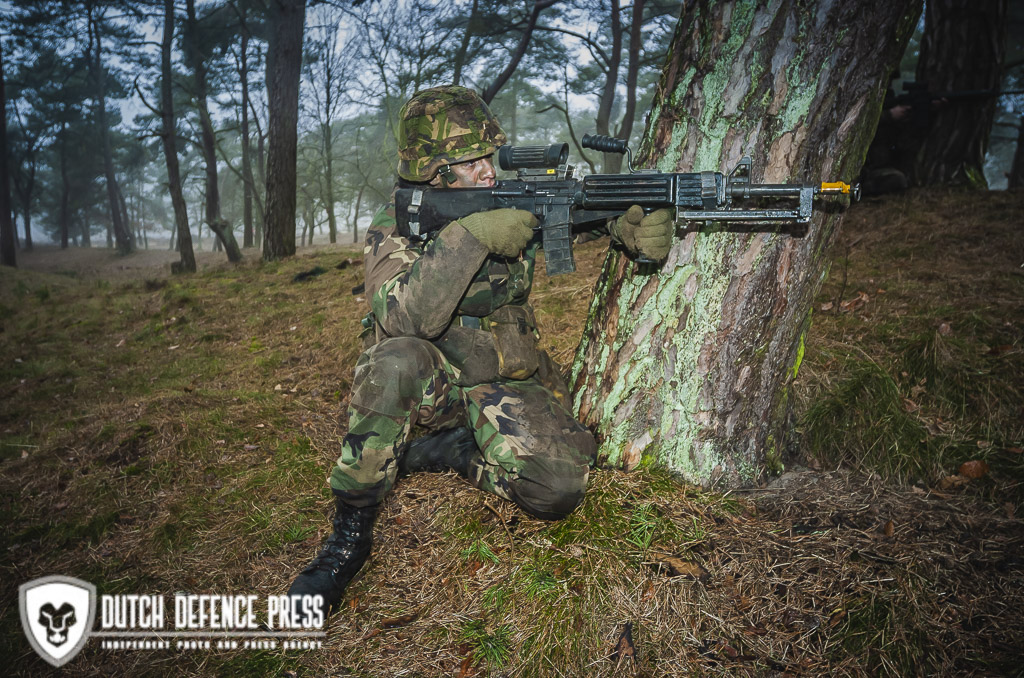
Meanwhile, many Dutch armed forces restructuring initiatives have being implemented or are underway, to leverage high technology for a downsized, but more flexible and sustainable force [Dutch modernization decisions are focused on mobility, agility, simultaneity of effort, lethality, increased battle tempo, space-age logistics , flexible deployable forces, protecting these deployed forces, conducting precision strikes, and dominating the maneuver battle]. The consequences are innumerable; the adaptation of equipment to greater differences in climate, the necessary expansion of expertise on disaster relief, the control of conflicts in countries with total different cultures, units being able to operate completely independently, far-reaching international co-operation with NATO countries etc. To meet these demanding requirements, the Dutch Ministry of Defence (MoD) published at the end of 1999, the Defence White Paper 2000 [endorsed by Dutch Parliament], where it recognizes that the Dutch armed forces have a increasingly need for flexible expeditionary ready forces, to provide crisis management, peace support/enforcing and/or humanitarian aid and disaster relief.
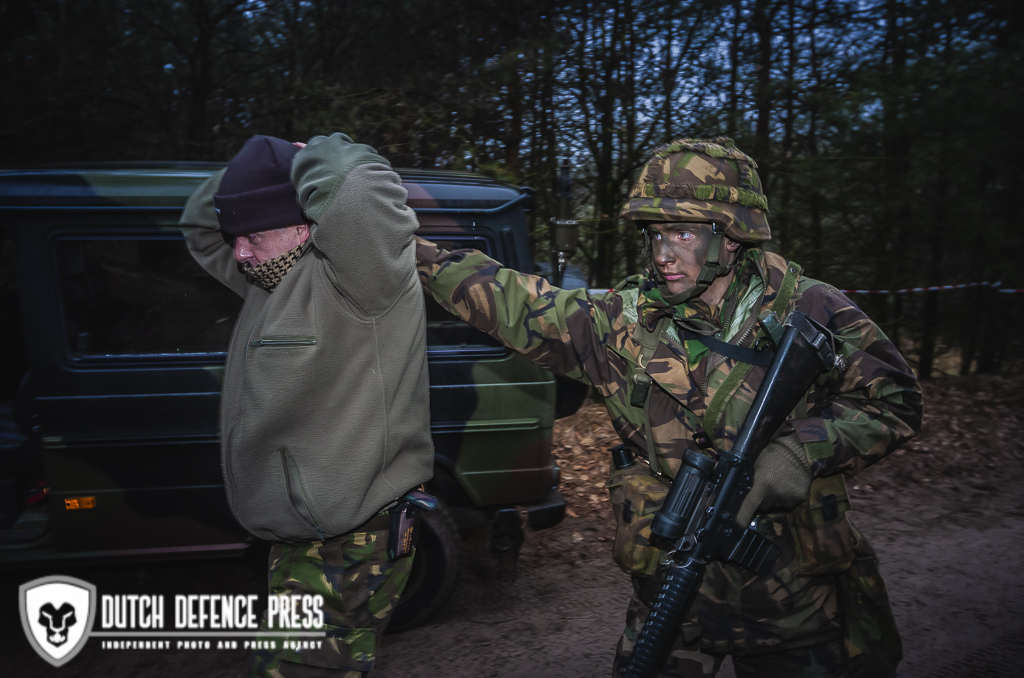
As a direct result of that White Paper, the Royal Netherlands Marine Corps (RNLMC) are currently enjoying favorable times, while the MoD not only has directed that the RNLMC [Netherlands core expeditionary force],will be expanded from the current strength of 3,100 Marines to a new manned force of 3,450 Marines [a target that has to be reached by early 2004], but also made a commitment to build a second Landing Platform Dock (LPD) ship for the Royal Netherlands Navy (RNLN), in order to greatly improve the amphibious capabilities of the RNLMC. This increase in combat ready personnel, allows the RNLMC to field three fully manned active Marine Infantry Battalions [to the two and a half of which there are now]. With three full infantry battalions, the RNLMC is able to ensure its sustainability during ongoing Peace Support Operations (PSO).
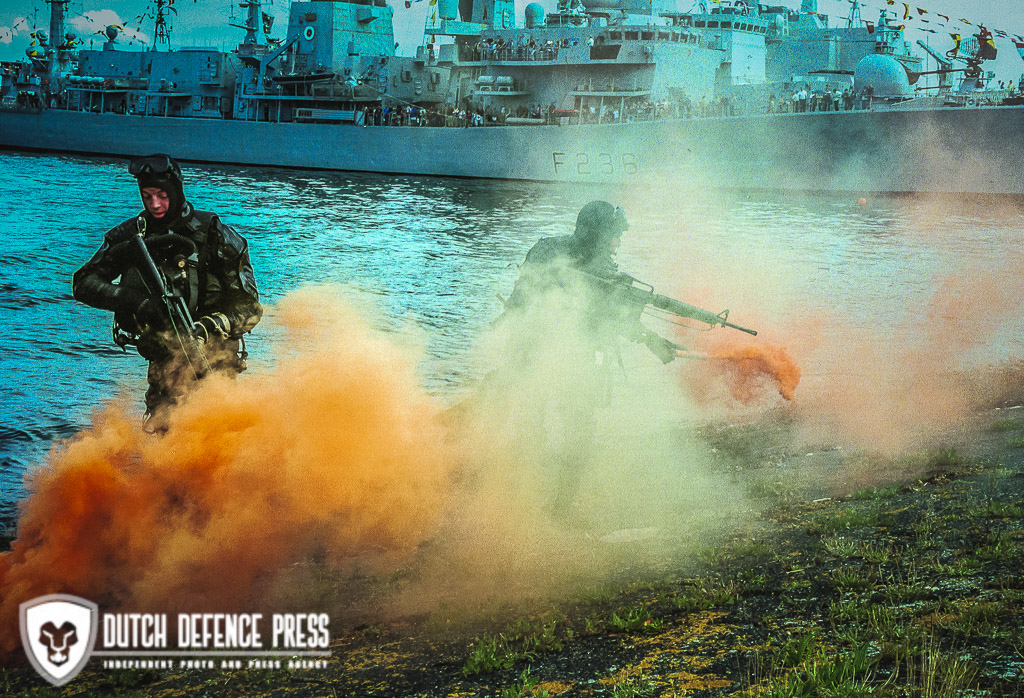
The RNLMC as an integral part of the RNLN, is an Naval amphibious, expeditionary oriented force in a high state of operational readiness, that is manned, trained, and equipped specifically to respond quickly to a broad variety of crises and conflicts across the full range of military operations anywhere in the world. This naval expeditionary character provides capabilities both to forward deployed forces near the scene of potential crises as well as to deploy sustainable, combined arms teams rapidly by sea. The RNMLC physically and mentally heavy operational training prepares the Marines for future operations in all environments, including arctic, jungle, mountain, desert or urban warfare, each Marine in a operational active unit will repeatedly follow the above-mentioned training path once every two year. Virtually each Marine will receive a 25 weeks course of preparatory training [this can be compared with the basic military training that is given to all servicemen: the only difference is the “Marines touch” that goes with it] in the Van Ghent Barracks in Rotterdam, and can all, in principle, do the same work [this creates team spirit].
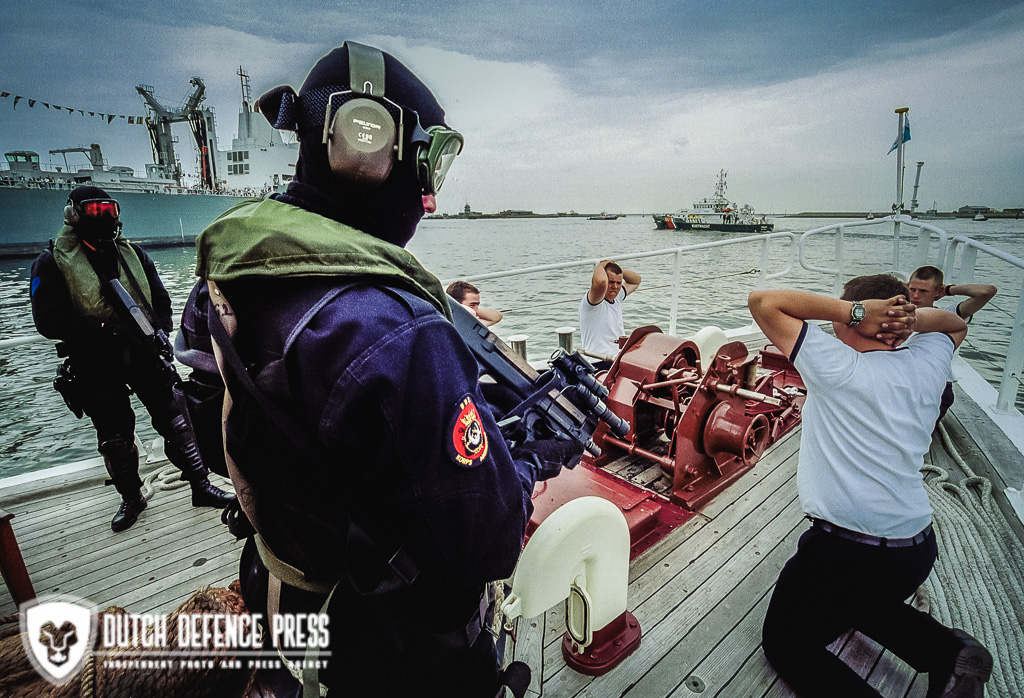
All operational units of the RNLMC are forming the Group of Operational Units Marines (GOUM), GOUM incorporates four Marine Infantry Battalions, a Combat Support Battalion, a Logistic Battalion and a Staff. Based in the Van Braam Houckgeest Barracks in Doorn are the; operational staff, the active 1st and 2nd Marine Infantry Battalions, the Combat Support Battalion, which includes two 120mm mortar companies, a Stinger air-defence platoon and a longrange reconnaissance company [incorporates the engineer reconnaissance platoon; a mountain leader platoon; and an amphibious reconnaissance platoon (7th NL Troop C-Squadron, with its home base in Den Helder) which contributes to the UK/NL Special Boat Squadron (SBS) capacity of a total of seven of these kind of platoons in three Squadrons], and also administers the “Counter Terrorist Unit” [this is a highly trained, company?sized force (two platoons and staff , of approx. 80 Marines), and is the primary counter?terrorist unit on Dutch soil and is known by the Dutch as the Bijzondere Bijstands Eenheid (BBE)], and the Logistic Battalion. The 3rd Marine Infantry Battalion is a reserve unit and can be activated on a short notice [only in case of a mobilization]. The 4th Marine Infantry Battalion is partly active [two infantry companies are in reserve], and is permanently based in the Caribbean; Its two infantry companies are stationed one each on the islands Aruba (Savaneta Barracks) and Curacao (Parera Barracks). The final GOUM unit is the Amphibious Support Battalion, which operates all landing craft and is stationed in the Joost Dourlein Barracks on the isle of Texel in the northern part of the Netherlands. Depending on the nature of the mission and kind of operational requirement, the RNLMC usually employs personnel of one of the Marine Infantry Battalions as the core of a task-force that is tailored to each specific situation. [“not yet officially endorsed, the RNLMC is planning to change the organisation of GOUM in such a way that the 4th Marine Battalion will be filled to full operational readiness and renamed the 3rd Marine Battalion. This unit will be based partly in the Caribbean and partly in a new barracks in Den Helder, adjacent to the RNLN’s main naval base. The current 3rd Battalion (reserve), would be redesignated the 4th Battalion. Also the logistic capability of GOUM may need to be adapted in order to support the greater number of active units”].
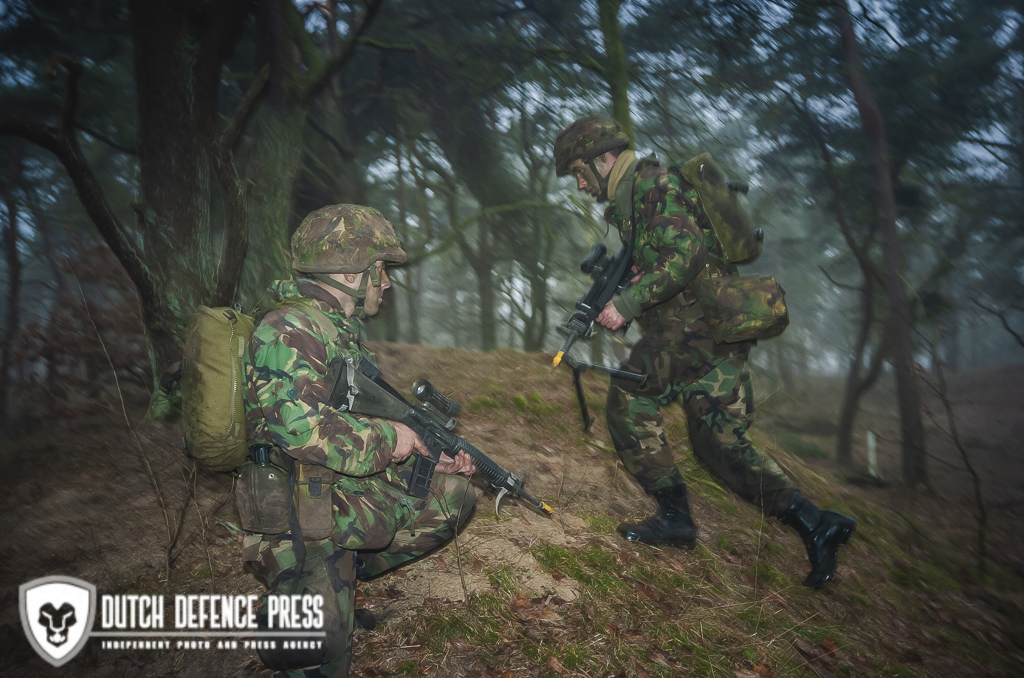
Missions and tasks of the RNLMC: Nationally the RNLMC is available to provide military support on request to the Dutch civil authorities, for instance “soft” support, such as assistance in the evacuation of local residents during floods, or “hard” support during riots, or in the event of hostage or hijack situations, assistance to the police can be provided. This “Special support” is provided by the BBE. The Marines in this unit are specially selected and trained to counter terrorism in and around buildings, aircraft, ships, trains and drilling platforms on the Dutch section of the Continental shelf. It has seen action among others with the apprehension of 2 indicted Bosnian-Croat war criminals in Bosnia (while working in close collaboration with Dutch Army commandos). Also there were some BBE teams placed under the command of COMAF-SOUTH, where they’ve for several years conducted successfully boarding operations in the Adriatic Sea, to carry out inspections of ships during the arms-embargo against the former Yugoslavia. Secondly the RNLMC mission is to contribute to the external defence of the Netherlands Antilles and Aruba, for which approx. 400 Marines are based in the region, alongside RNLN ships. These Marines, in comparison to their fellow Marines in the Netherlands, train in an entirely different kind of terrain and environment; still on the border of land and water, but under tropical conditions. In various Central and South American countries [Belize and French Guyana] the Marines undergo specific jungle training and participate in frequently held exercises with military allies in the area, such as the French, British and the US [on Martinique and Guadeloupe, for example Dutch Marines undergo French Commando training].
The RNLMC in NATO: RNLMC has assigned approx. 1,000 Dutch Marines, under the umbrella of the UK/NL Landing Force to SACLANT. Multinational partnerships and co?operation are a major theme for the RNLMC throughout the last thirty years. In the early 1970s, the RNLMC joined with the UK Royal Marines to create the UK/NL Landing Force (LF). The Dutch contribution to the UK/NL LF consists of the 1st Marine Infantry Battalion with elements of the Logistics Battalion and the Combat Support Battalion [includes one 120mm mortar battery, the Boat Company (various types of landing crafts), Mountain & Arctic warfare cadre and the Amphibious Reconnaissance Troop], the UK part is provided by 3 Commando Brigade, Royal Marines [approx. 4,500 men]. The Marines of UK/NL LF are thoroughly prepared for rapid deployment in mountainous areas [whether or not in polar conditions], both within and occasionally outside the NATO command area. Each year these Marines are put through their paces in a demanding training program [in, for example, the Scottish highlands or northern Norway]. Far beyond the polar circle, the Marines learn to survive in extreme cold, get around on skis, and amphibious operations are conducted using fast landing craft and helicopters.
The approx. 30 Marines of the Amphibious Reconnaissance Troop [7th NL Troop C-Squadron] are special trained and qualified combat-divers “frogmen” and combat-paratroopers, who primarily carry out beach reconnaissance assignments prior to an amphibious landing, but are also trained in underwater demolition, unconventional warfare and sabotage assignments . To do so they can be deployed under water [for instance, from a submarine], by parachute or in small specialized vehicles. Today, the UK/NL LF has become the land element of a wider naval partnership between these two nations, the UK/NL Amphibious Force (AF). This force includes the amphibious shipping components of the Royal Navy and the RNLN [HNLMS Rotterdam including Landing Craft Vehicles and Personnel (LCVP) and Landing Craft Utilities (LCUs)]. Since the commissioning in 1998, the RNLN finally has at its disposal the first much-desired 12,750?tonne LPD the HNLMS Rotterdam (L800), with the capability of transporting 611 fully combat equipped Marines, 128 crewmembers and more than 4,000 tons of cargo, boosted the flexibility and mobility of the RNLMC. On the flight deck two NFH-90 helicopters can conduct flight operations simultaneously, while in the hangar is room available for six more NFH-90 helicopters. The primary task of the LPD is to transport and independently disembark a Marine Infantry Battalion off a coast, including support supplies for ten days. In addition, the disembarked Marines can be logistically supported for thirty days. It also has extended medical and operating room facilities. Embarkation and disembarkation can not only be performed in well equipped harbours but especially in places where there are limited or no harbour facilities at all. The RNLN second LPD will probably be based on the RNLN’s first LPD, and has to be in service by 2007. Although, while the second LPD most probably will have command and control facilities to embark an afloat Combined Joint Task Force headquarters (CJTF-HQ), it is likely to be different to its sister ship the HNLMS Rotterdam. Design studies are being made on concepts to keep the impact as benign as possible, and for instance one study goes whether it is possible to launch smaller LCVPs from davits over the side instead of having to use space in the well dock. Also is planned to integrate the C2 facility in such a fashion and manner, that the area will be multipurpose, so it can be used for amphibious purposes when the afloat CJTF-HQ is not embarked. At the end, it’s possible that the final design will be a slightly stretched ship, putting in a 12m-long plug, which would give it an significant amount of extra deck-space.
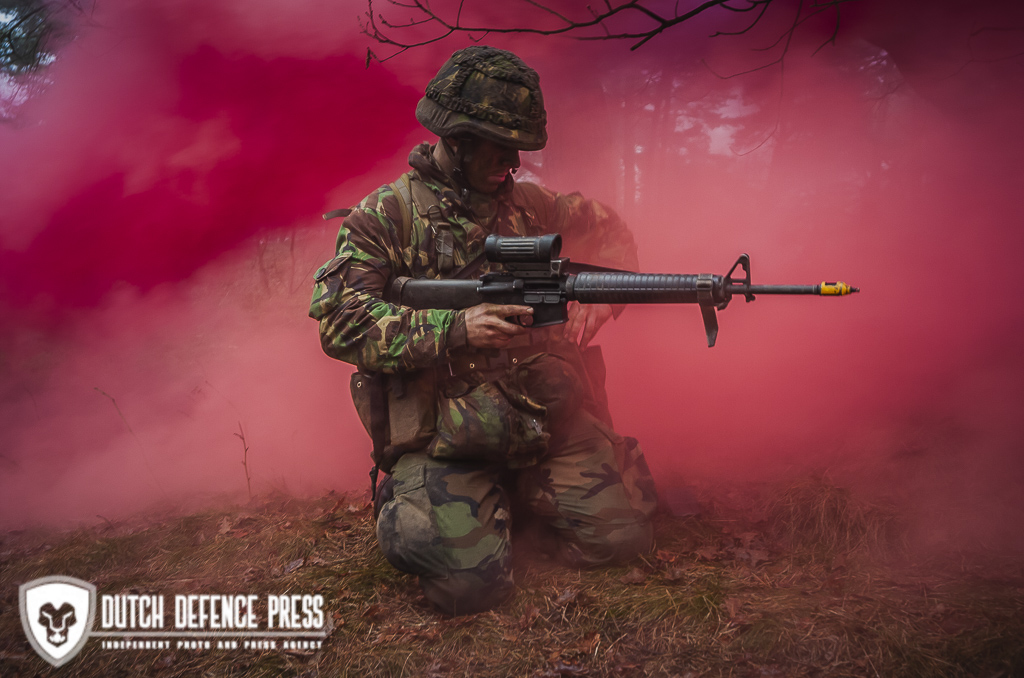
Also the Royal Navy will commission in 2002, two new LPDs, the HMS Albion and HMS Bulwark. When all the new amphibious ships that are being built and procured have been delivered a few years from now, the amphibious expeditionary capability of the UK/NL AF will be an awesome force. Since 1989, the 2nd Marine Infantry Battalion is the core unit of the Dutch RNLMC contribution to the rapidly deployable and highly mobile Allied Command Europe Mobile Force (Land)[AMF (Land)], the brigade?sized force of SACEUR, wherein units of more than nine NATO partners participate in [these units are in a high state of readiness]. In addition to this, since 1994, the RNLMC also regularly contributes to the Combined Amphibious Force Mediterranean (CAFMED). Just as the UK/NL AF, this is a rapidly deployable amphibious force for controlling crisis on NATO’s southern flank. Another task of the RNLMC which has grown in importance after the Cold War, is Peace Support Operations (PSO), especially those of the United Nations (UN). At each and every moment, a 600-800 Marines strong unit can be deployed for a wide range of tasks, ranging from humanitarian relief to the use of force to enforce a cease-fire, on a seven day notice. Throughout the 1990s, the RNLMC has been actively involved in these PSO missions. In 1991, a battalion of Dutch Marines took part in Operation “Provide Comfort” in Northern Iraq. During 1992?93, Dutch Marine Battalions were deployed into Cambodia as part of the UN mission in that country. In 1995-96, Dutch Marines participated in the UN operation in Haiti. In 1995-96, the RNLMC became actively involved in Bosnia. 1999, Dutch Marines of the 2nd Marine Battalion were deployed by HNLMS Rotterdam to Albania as part of AFOR, a NATO humanitarian aid force, under the supervision of Headquarters AMF(L). Currently a reinforced Marine Battalion of approx. 800 men is on a seven day notice to move readiness, to be deployed as the main force of UNMEE in Eritrea/Ethiopia together with a RNLAF detachment consisting of three (3) CH-47D “Chinook” transport helicopters and a flight of four (4) AH-64D “Apache” attack helicopters, making it a total force of 1200 Dutch service men and woman. The Corps also supplies personnel for UN and other observer missions in all parts of the world, each and every year. And one company of Marines are kept on a 24hrs notice to move, to provide disaster relief.
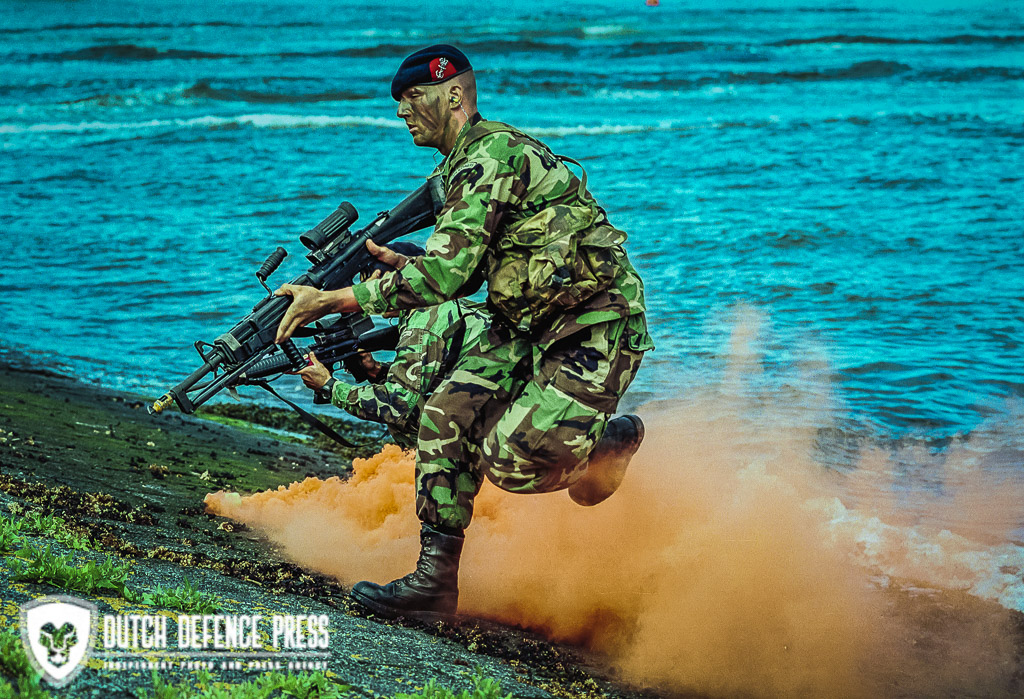
Equipment and weapons in the RNLMC: The RNLMC motto, Qua Patet Orbis (As Far as the World Extends), gives the Corps the obligation to equip their Marines with only the best. The Corps priority is to modernize and will continue to advocate new technologies, equipment, and techniques to maintain their competitive edge and provide the critical advantage that extends their unique capabilities, and will reinforce their unmatched utility across the spectrum of their current missions as well as those of the future. This will include advanced personal camouflage with enhanced protection against harsh environments and climatic conditions. Clothing will offer individual body armor and safeguards against chemical-biological agents. Dutch Marines are normally provided with a standard personal equipment kit that covers operations in moderate climates as well as in mountain and arctic environments [this can be supplemented with clothing and personal equipment that’s available for deployments in desert or jungle conditions]. The Marines wide choice of weapons are: the 9x19mm GLOCK 17 pistol, the Diemaco C7A1 5.56mm assault rifle with an 4.3x optical Elcan sight attached on it, plus the Light Support Weapon model of it, by the Dutch known as Diemaco LOAW [the Corps also wish to procure grenade launchers for the C7A1 and a number of C8A1 models, featuring a telescopic butt-stock and a shortened barrel]. Infantry support weapons include the MINIMI-Para [produced by FN Herstal in Belgium], which is a lightweight 5.56 mm, one-man-portable machine gun capable of delivering a large volume of effective fire [the MINIMI-Para replaces the aging and heavy weight FN MAG 7.62 machine gun in the Marine squads, on a 2 to 1 ratio], with a rate of fire of 750 rpm, fed by a 200 round box magazine or 100/200 round soft pack, and a 6x optical day-sight, its capable of engaging targets in an approx. 600 meter range, and will be supported by the heavy Infantry support weapon, the 12.7mm .50 caliber M2 machine guns.
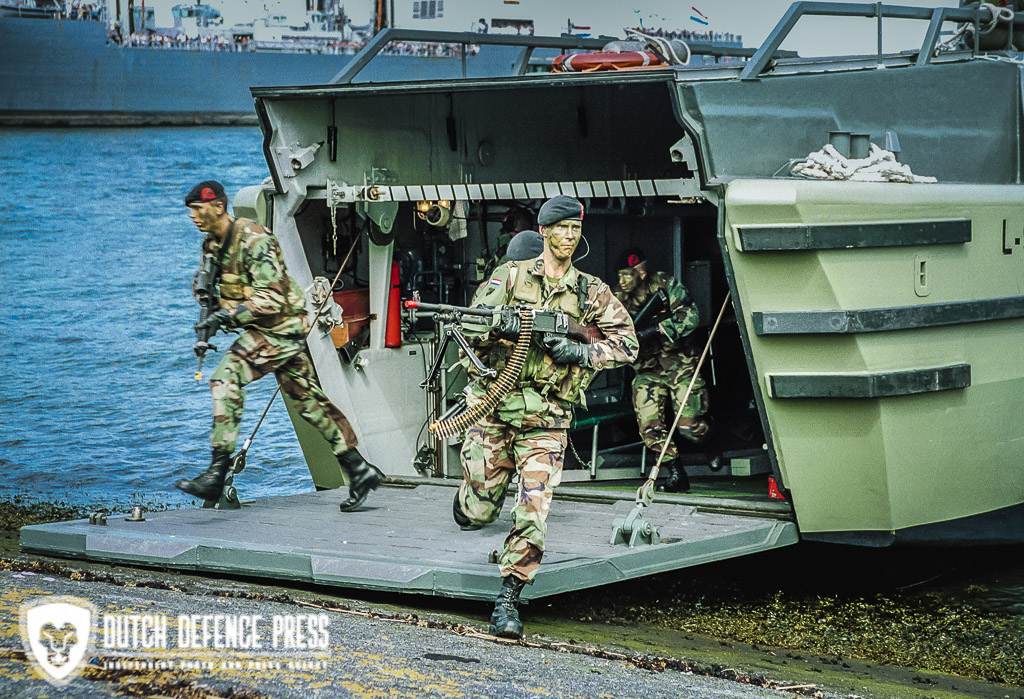
The “snipers” in the Corps uses normally the standard long range rifle in the Corps, which is the Steyr SSG 69 7.62mm sniper rifle, with an 6x Swarovski optical day-sight attached on it. This rifle meets the demands in engaging targets in the range between 600-800 meters. However the Corps also would like to have a long range precision weapon such as the Barrett 82A1[already in use with the Dutch Army Commandos]. This weapon is especially well suited for engaging targets in the range of 1800-2000 meters. Very useful for taking out a radar-control vehicle in a guided missile site, or a communications vehicle. Or preventing an aircraft or helicopter from taking off. The Barrett is a semi-automatic, with an 10x optical sight, 12.7mm (.50) calibre weapon. Another choice of weapon could be the Mossberg M590AI tactical shotgun. The BBE Marines also uses as their side-arm the 9mm SIG SAUR P226 pistol, and has acquired a new weapon for action in built-up areas. This new light, versatile weapon with a great stopping power is to supplement the Heckler & Koch MP-5. Special attention was given to the possibilities of penetrating body-armour and a low risk of ricochets. This was found in the P-90 [produced by FN Herstal in Belgium], the P-90 fires 5.7mm SS-190 rounds and the rate of fire is 900 rounds p/min. The transparent magazine is placed on top of the weapon and holds 50 rounds, while the P-90 also is equipped with an integrated laser target pointer, a silencer and flashlight.
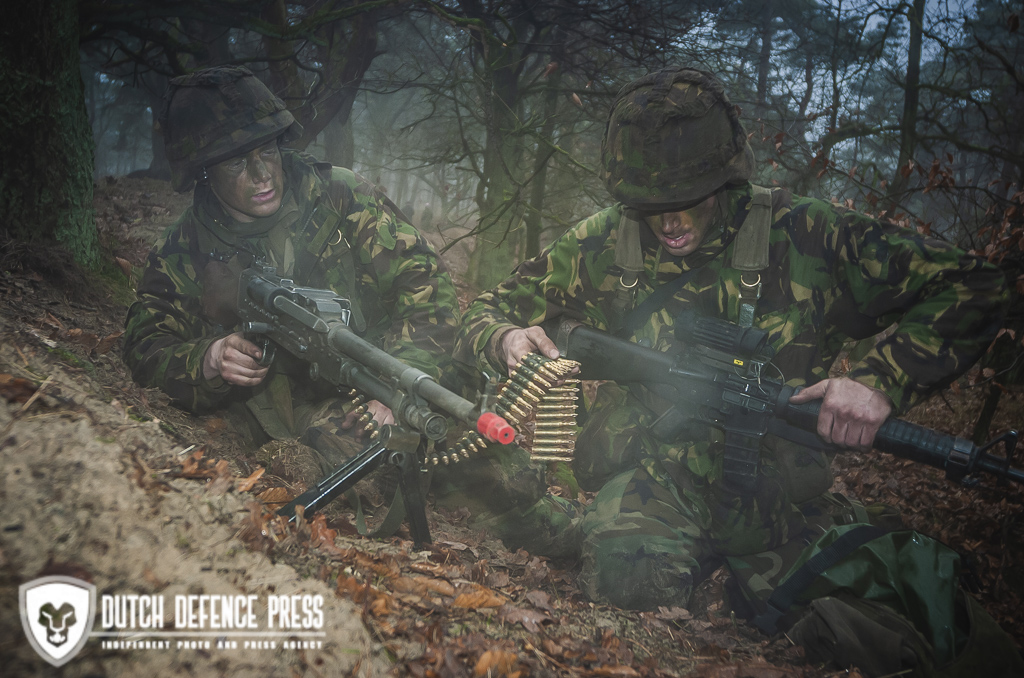
For indirect fire support the Corps has three types of mortars at their disposal, the primary weapon system of the two mortar companies in the Combat Support Battalion is the H.B. Rayé 120mm mortar, the RO L16 A2, 81mm mortars are used in each support company of a Marine Infantry Battalion, and 60mm mortars are used at platoon level. Anti?tank weapons currently in use are the , AT-4 84mm light anti?armour weapon ( for at close range: 300m), the 84mm Carl Gustav recoilless rifle (short range: 700m), and the Dragon wire?guided ATGW (covering the medium range out to 1,000m). However currently there is a study by the Corps to procure [in cooperation with the Dutch Army] new short-range anti-tank (SRAT) and medium?range anti?tank (MRAT) weapon systems. For SRAT possible options are the Predator, the Panzerfaust 3?600, the MBT LAW, or the Alcotan. For MRAT the Gill, and the Javelin [all these AT weapon systems are fire-and-forget precision-guided and/or top-attack missile systems]. The Corps main air-defence weapon system is the Raytheon FIM-92A Stinger.
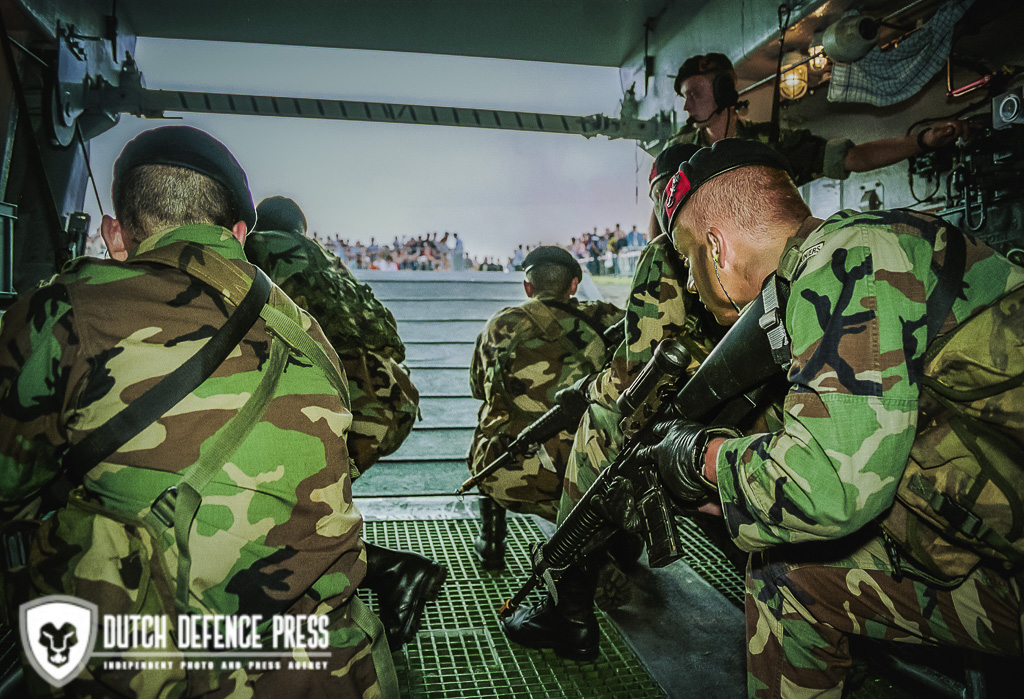
The RNLMC must be able to deliver people, equipment, and weapons with surgical precision; locate high-value, strategic, movable targets; and deliver firepower more accurately with less collateral damage and injury to civilian populations. This underscores the need for a continuing investment in new equipment, and in addition, the growing number of operations conducted at night and in adverse weather conditions, drives the need for more sophisticated sensors for observation, target acquisition as well as direction finding. A serious candidate to be procured for all?weather target acquisition and force protection, to replace the aging “Racal MSTAR” battlefield surveillance radar is the “SQUIRE” (the eyes of the Egyptian God Ra) Medium range (24Km) battlefield surveillance radar [developed by Hollandse Signaalapperaten B.V. & Thomsom-CSF)]. It’s a man-portable battlefield surveillance radar enabling the detection and classification of moving ground targets up to 24 Km. Additionally, it can assists mortar firing units by giving feedback on shell impacts. Its very low peak power makes the system virtually undetectable by other troops. Even sophisticated devices will not detect “SQUIRE”, before it has detected them. The Corps will also have the need for enhanced night vision gear that provides clarity equal to daytime vision even through thick fog and smoke. Current systems are mainly image intensifiers, but the Corps is hoping to procure more thermal imaging systems in the near future.
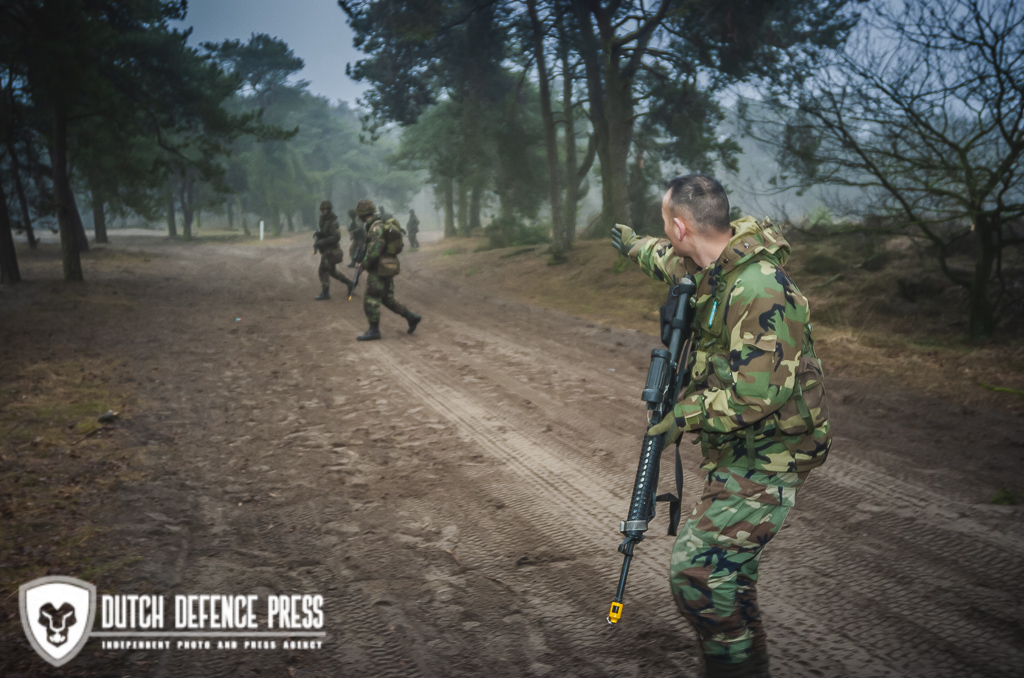
An amphibious operation is characterized by the vast communication density. Besides ship-to-ship communications, information needs to be exchanged with landing craft, helicopters and Marine units, both during disembarkation, landing and follow-up operations. Also the Corps ability to operate round-the-clock missions and collateral activities, increasingly call for interaction with diverse joint and multinational coalition forces, with a corresponding need to acquire and transfer large amounts of information reliably, securely, and in real-time. To keep pace with mission requirements, the Corps will procure enhanced, next-generation communications equipment, which is currently being covered under the New Marines Communication and Information System (NIMCIS) project that’s being started during the year 2000. NIMCIS is to replace the various communication systems currently in use, with a single system concept that is to include both communications and battlefield information functionality. The communications system will be based on high-tech voice, data, e?mail, tactical internet/intranet, database replication and automatic position reporting and identification capabilities. The equipment will have embedded encryption communications security; is electro-magnetic interference-protected; will be small and lightweight; highly energy-efficient; and will cover a frequency range of at least 1.5-88MHz (MF/HF/VHF).
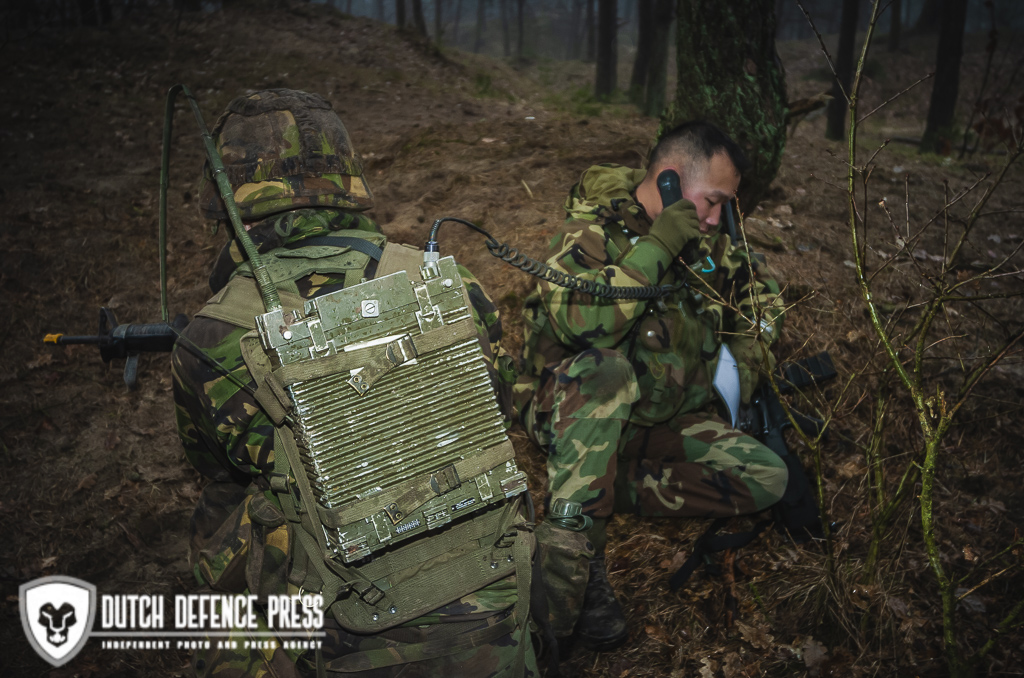
Also the radio hardware will be ruggedised and sufficiently waterproof. The communications system will replace all currently used man-pack and vehicle-mounted radios, and is adaptable for installation in aircraft and on ships. The battlefield information system is to provide the RNLMC with the capability to exchange real-time and near-real-time information on the battlefield, from brigade-level and upwards [Formation Battlefield Management System (FBMS)] and from brigadelevel downwards [Battlefield Management System (BMS)], to provide the Marines with an enhanced “Situational Awareness”. Both systems will be used on board ships and on land, and will be interfaced seamlessly with each other. FBMS/BMS applications are to include digitised maps, positioning/localisation, messages, intelligence and electronic warfare, operations/logistics/personnel information, fire support, fire control and network services, using a Common Operating Environment. A crucial requirement is that NIMCIS must ensure the interoperability of RNLMC units with allied forces, it must be fully compatible with the new communication systems that the UK Royal Marines within the UK/NL LF are procuring. It’s also essential that NIMCIS equipment can interface with the other Netherlands armed forces, with the US Marine Corps and other forces.
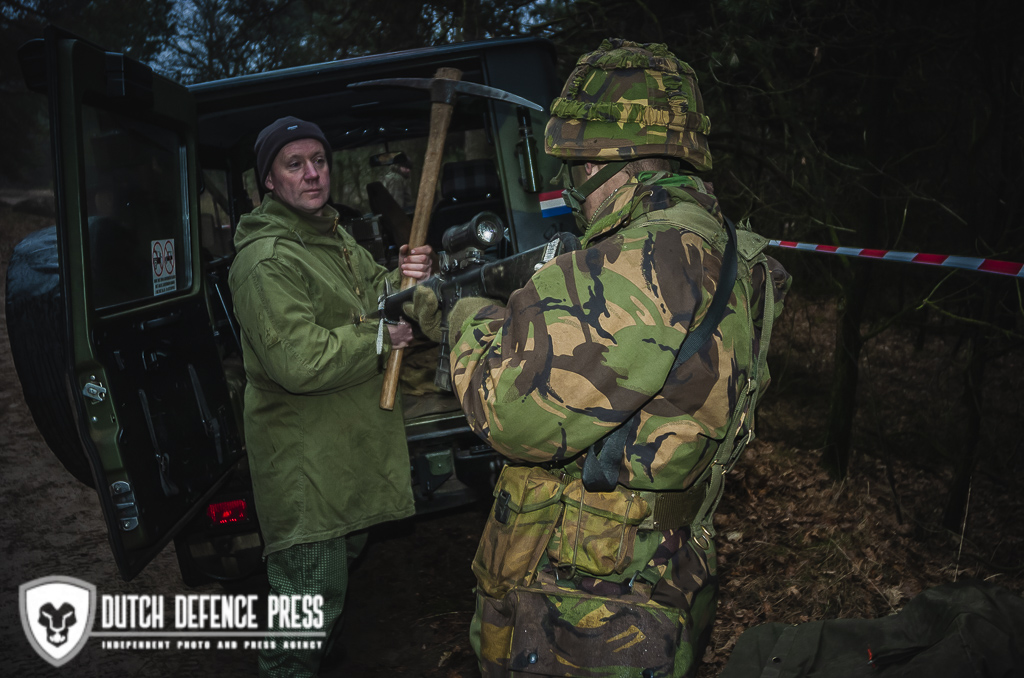
There’s a continuing need for smaller and lighter systems and technologies for the individual operator. In seeking out advanced technologies to meet the special requirements of their diverse missions, the Marines often serve as a test bed for demonstrating and evaluating prototype equipment, materiel, techniques, and tactics [the Corps is represented in the Dutch Army Soldier Modernisation Programme (SMP)]. Helmets will be fitted with enhanced sensory head-up displays including thermal, image-intensified, and acoustic sensors. External and imbedded optics will enable Marines to see long distances clearly without using handheld optical systems. Greater load bearing capabilities [new combat vests and back-packs] will increase lethality and survivability by enabling Marines to carry a greater variety and quantity of weapons and munitions. Advanced materials and electronic developments will lead to enhanced communications capabilities [a socalled Soldier Digital Assistant (a compact computer terminal with integrated GPS, digital map, automatic compass and data-linking possibilities to nearby friendly forces)]. These include features such as miniaturized C4I functions as well as embedded artificial intelligence for situational decision making. Weapons and sensor systems (dismounted rifle sight ) will also merge. Advanced microelectronic devices will allow integrated sensing and artificial intelligence. Fusion of these technologies will permit weapon systems to become an extension of the individual.
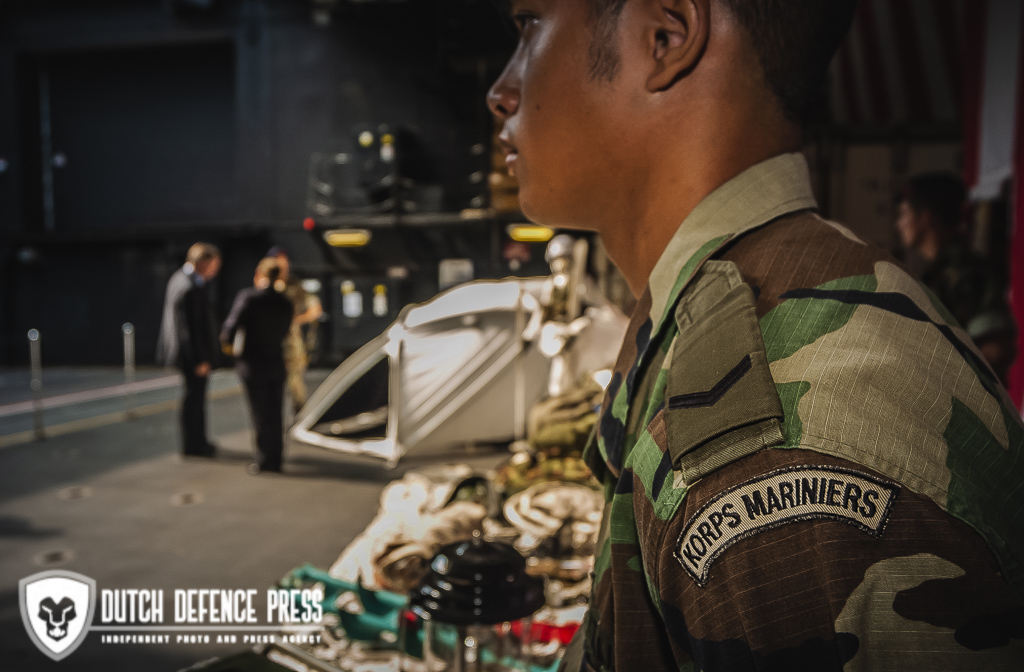
The RNLMC tactical vehicle inventory includes Land Rover 110 Defender 4×4 wheeled vehicles and Hägglunds Bv 206 tracked all?terrain vehicles, supplemented with a combination of 4 and 10 tons DAF Trucks for logistic support. For use in PSO missions the Corps have 20 Patria XA?118 wheeled armoured personnel carriers (APCs), with a primary armament of a 12.7mm M2 machine gun [the Patria is equipped with Signaal SOTAS VIDS, which are used in conjunction with Harris HF, Datron VHF, Raytheon PRC?113 UHF Have Quick II and GPS equipment]. The Bv 206 tracked vehicles will need to be replaced by 2006, partially by armoured tracked vehicles [candidates are the Hägglunds Vehicle Bv 206S and the new BvS 10] and the remainder by un-armoured all?terrain capable vehicles. There are also Mercedes?Benz Unimog 2.5?tonne 4×4 trucks in use, which serve as a tractor for the 120mm mortars. If required, un-armoured vehicles will be given extra ballistic protection by applying Kevlar panels and blankets.
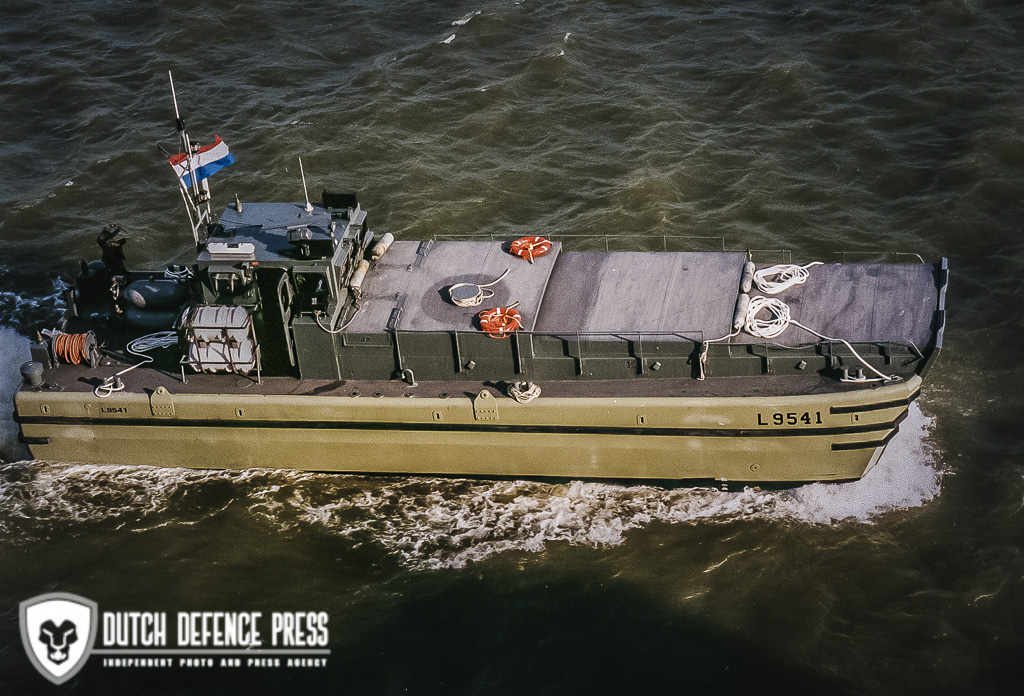
All the amphibious equipment is operated and maintained by the Amphibious Support Battalion. The speed and efficiency of assault by landing craft onto a beach and subsequent off-load of vehicles is crucial to the success of any amphibious operation. Damaged and disabled vehicles block the landing lanes, preventing other vehicles off-loading. This jeopardizes an entire operation in terms of both personnel and equipment. For this mission the battalion’s Amphibious Beach Unit is tasked with preparing landing beaches, equipped with two Case UK Limited rough terrain forklift trucks with Boughton dispensers for Class 30 trackway, it can lay 180 meter of trackway. For unblocking, it’s equipped with two by RDM Technologies developed Beach Armoured Recovery Vehicles (BARVs), based on a Leopard 1 tank chassis, required to unbeach drowned and immobilized vehicles, thereby clearing the way and allowing the landing operation to continue. The battalion operates 11 LCVPs, of which five are Mk-2 and six Mk-3 types. In addition, the unit has five LCUs. There are also a sizeable number of LCRM rubber landing craft and special boat service canoes. The numbers of available landing craft and beach support vehicles will possibly be increased in conjunction with the arrival of the RNLN’s second LPD in 2007.
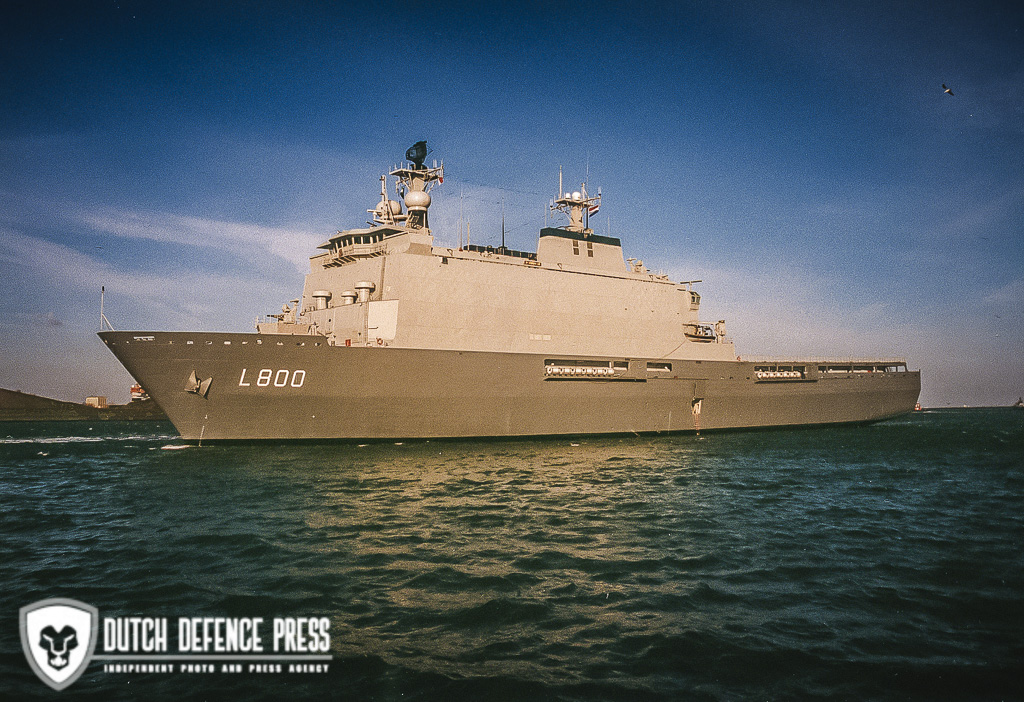
The RNLMC provides a military capability that is politically useful. Throughout its 335 years of history, it has been both an amphibious and an expeditionary force. The Corps proven ability to deploy worldwide within a matter of days and to train and operate successfully in arctic, mountain, jungle, desert and urban environments, makes today’s RNLMC a highly experienced and professional force. Also while the Corps will receive new airlift capabilities, as six of the 20 NFH 90s that the RNLN is planning to procure will be suited for tactical troop-lift. Combined with its fleet of landing craft and the RNLN new LPD capability, a process which will probably go further as the second LPD arrives, and as the RNLN frigate community is adapting to its newly acquired role of escorting NATO’s Atlantic Fleet amphibious strike group. It’s most definitely clear that the Corps is growing towards a situation where amphibious operations will be an important part of the core business of the RNLN. The RNLMC concentrates on being a reliable provider of skilled, amphibiously-capable troops of high quality. Especially because, the UK and US Marines, in future will give greater emphasis to platforms that will project their forces directly from the ship to the objective.



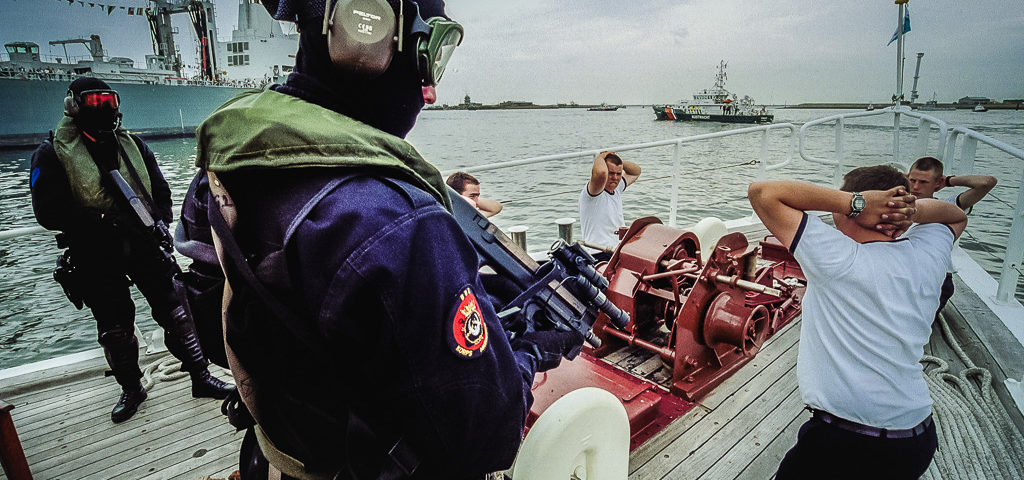
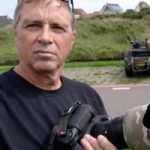
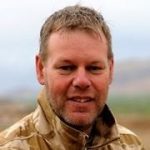
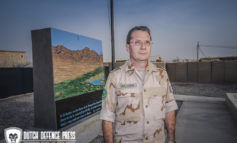
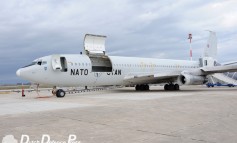
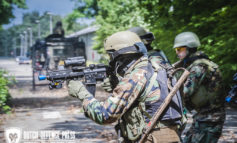
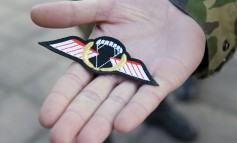
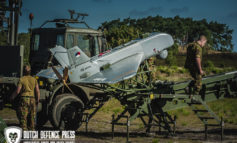



1 Comment
google
14 juni 2013 at 19:56google…
G http://images.google.com.hk/…